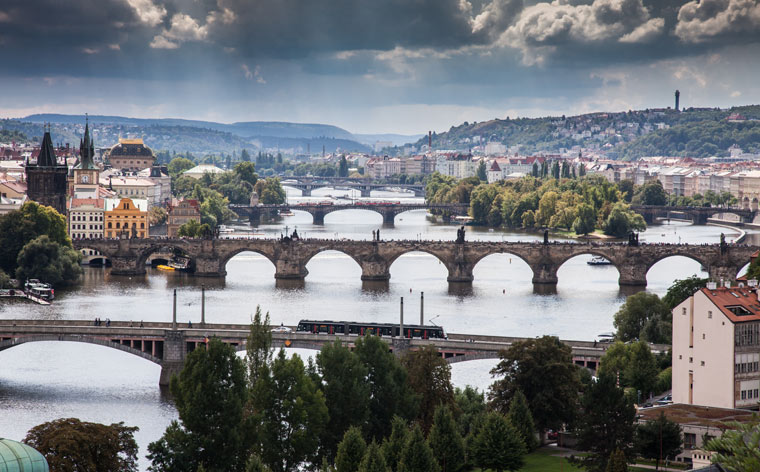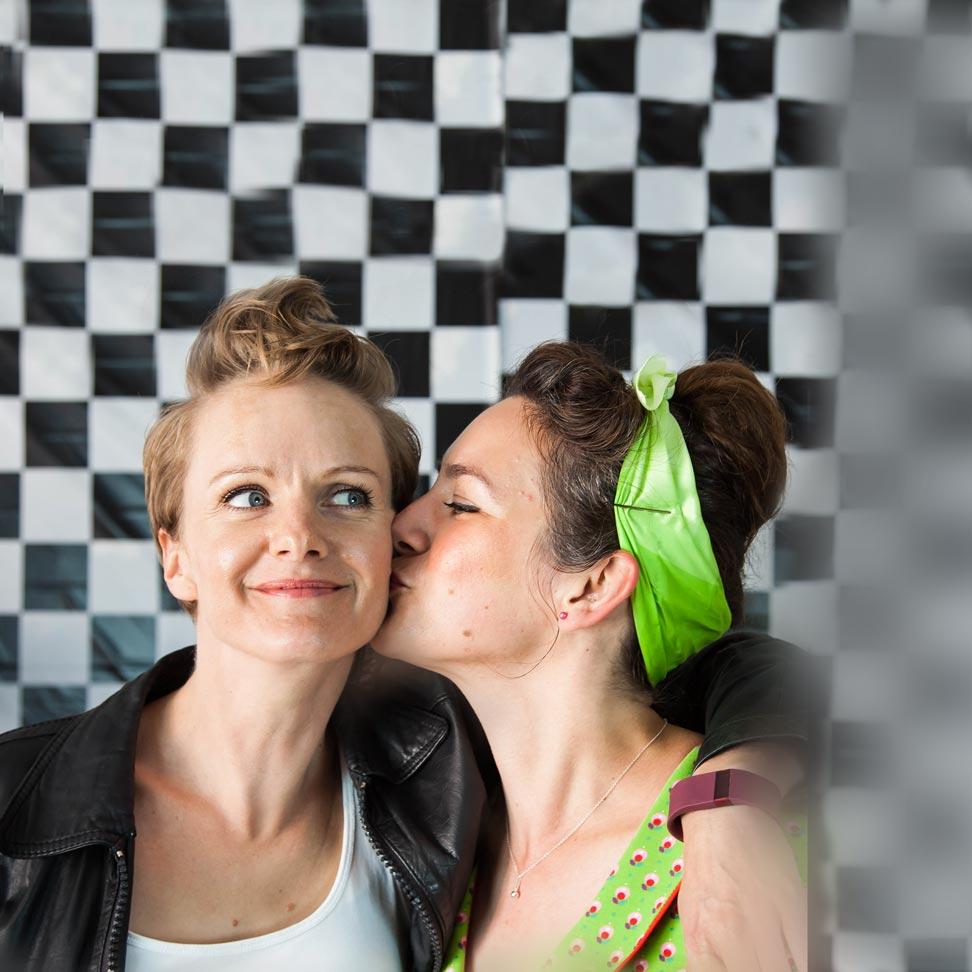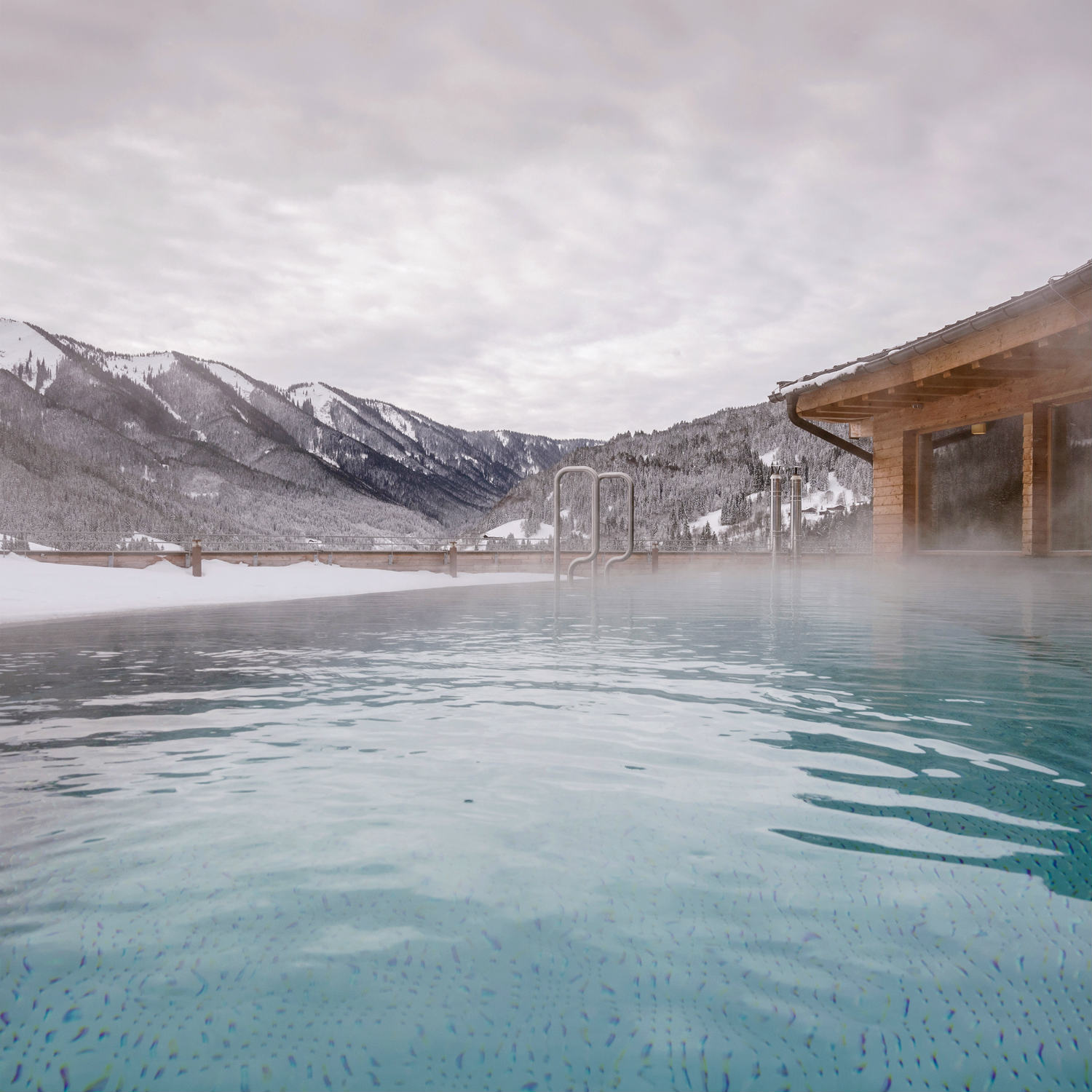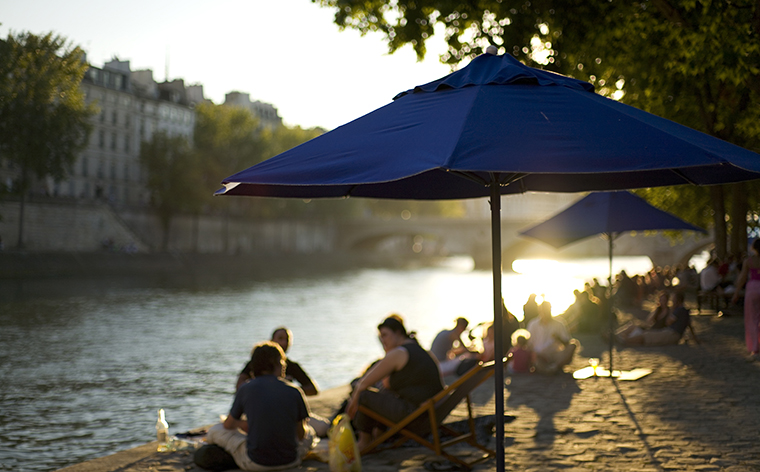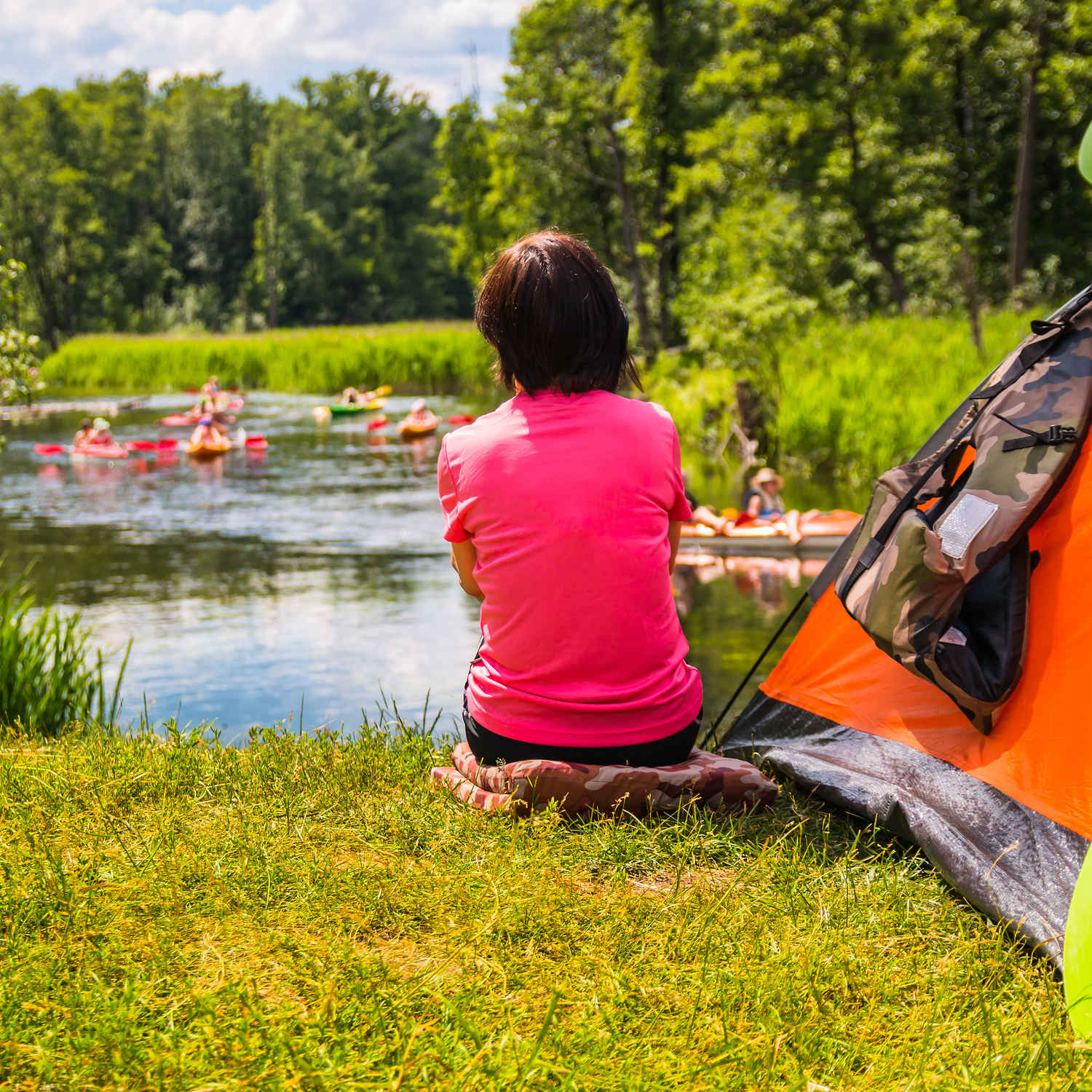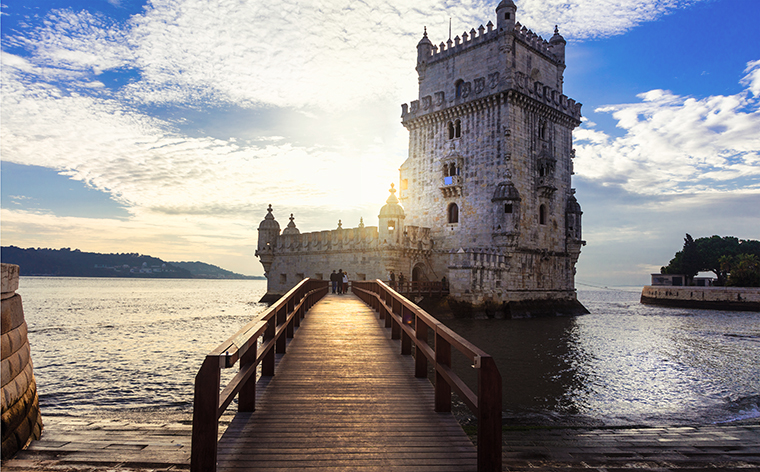Get your motor running on a Vienna to Prague tour, with stop-offs in Budapest and Kraków, and scenic drives through the Tatra Mountains in Slovakia. Follow in the footsteps of composers Mozart and Beethoven in Vienna, unwind in Budapest’s thermal baths, and loop back through the scenic landscape of Slovakia, Poland and the Czech Republic. On your way, discover Slovakia’s cultural heritage and get lost in Kraków’s charming back streets, before you round up in Prague, one of Europe’s best-preserved cities.
Day 1 – Vienna, Austria
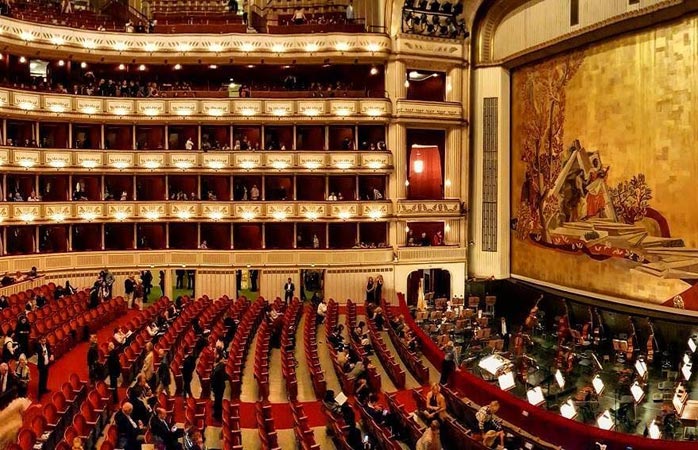
Once the heart of the Austro-Hungarian Empire, Vienna was the political powerhouse of the region, and it’s a good place to start your Central Europe travel itinerary. Begin as the Viennese do – with a strong cup of coffee, like a Melange or an Einspänner, in one of the classic cafes, such as Hawelka or Sperl.
Head over to Belvedere Palace, where you’ll find Klimt’s Kiss glimmering with flecks of gold hung on display among the gilded rooms. Then head downtown, past St. Stephen’s Cathedral, Vienna State Opera and the Ringstrasse, a grand boulevard encircling the Old Town. Maybe even take in a classical concert. After all, Vienna was the former stomping ground for Mozart and Beethoven.
For more inspiration, see how to explore Vienna on two wheels, discovering the city’s masterpieces.
Recommended hotel: Hotel Rathaus Wein & Design
Day 2 – Bratislava, Slovakia
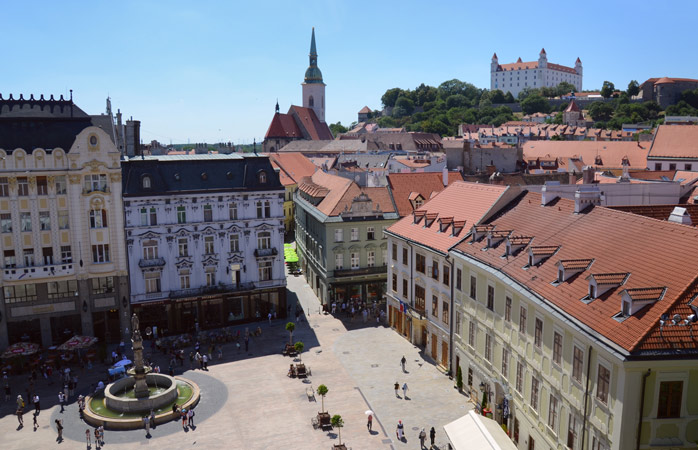
Spend the morning taking the hour-long drive east towards Bratislava along the motorway, roughly following the Danube over to Slovakia. Take a detour to the ruins of Devin Castle perched high up on a cliff above the Austrian-Slovak border.
Bratislava itself is compact, packed into a maze of cobbled streets laced with cafes and design shops, and overlooked by the whitewashed castle topped with terracotta turrets. For something different, head just outside the old town to the art nouveau Blue Church that looks like something made from marzipan.
Recommended hotel: Hotel Arcadia Bratislava
Day 3 – Budapest, Hungary
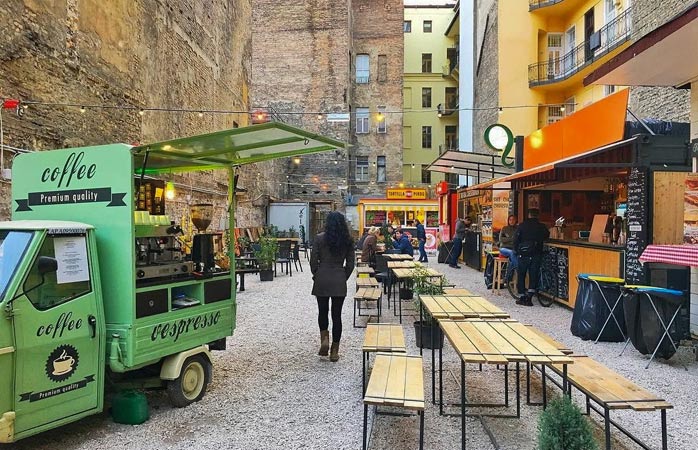
You can take the scenic route to Budapest by crossing at Esztergom, a historic city famed for its domed cathedral, and continue along the Danube Bend through a valley dotted with hills, historical towns, and even castles.
Just a couple of hours later you’re in Budapest, the Hungarian capital, and you will notice the city is split down the middle by the Danube into two parts: Buda and Pest. You’ll want start on the Buda side of the river, up by the Royal Palace on Castle Hill, and then stroll over to Fisherman’s Bastion, a neo-Gothic lookout with striking views over the river. Climb down to the Chain Bridge and cross the Danube to Pest. If you have the energy, pay a visit to St. Stephen’s Basilica or the Hungarian Parliament Building.
In the evening, try a few of Budapest’s famous ruin bars, like Szimpla Kert. For a more extended stay, make sure to read our guide on what to do in Budapest.
Recommended hotel: St George Residence All Suite Hotel DeLuxe
Day 4 – Eger, Hungary
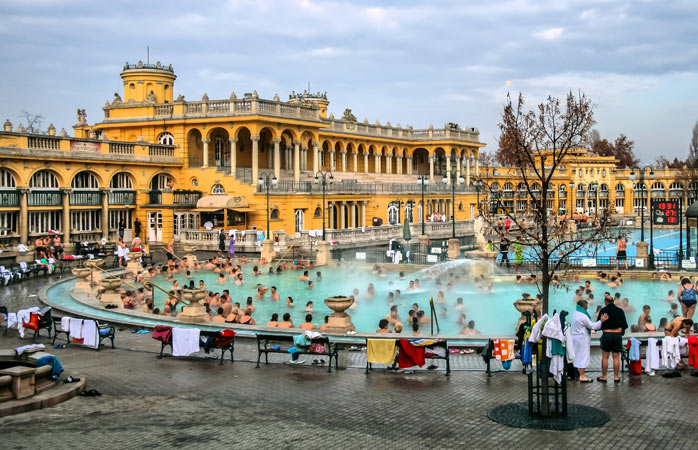
Get up early and visit one of Budapest’s thermal baths, like the Széchényi Baths in City Park, or travel back in time at Király Baths, the city’s oldest Turkish bath built 450 years ago. Grab brunch at Szimply in Pest or Déryné in Buda, before driving two hours to the next destination on your Central Europe travel itinerary: Eger.
A good place to start in Eger is up at the 16th-century Eger Castle famed for holding out against the Ottoman siege. However, a few decades later the Ottomans returned and did manage to occupy the castle after all, and today you’ll still find Turkish relics, like the 40-metre-high minaret and the Turkish Baths, left over from the occupation. Leave the car behind and head over on foot or by taxi to the wine caves in the Valley of Beautiful Women to try some of Eger’s famous red wine, known as Bull’s Blood.
Recommended hotel: Hotel Senator-Ház
Day 5 – Košice, Slovakia
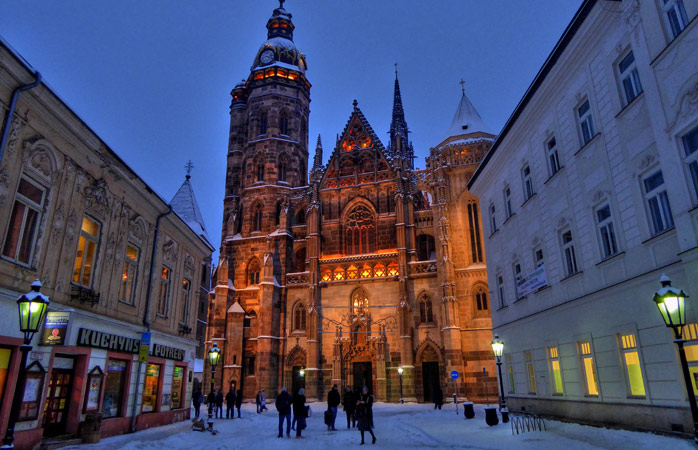
Grab coffee and breakfast at Depresso on Dobó Square, before visiting Eger’s neoclassical Basilica and the historic Lyceum with its baroque wood-clad library. After lunch, hit the road through Hungarian villages dotted with church spires, on the two-hour journey back into Slovakia to Košice.
Košice is Slovakia’s second largest city, but in its own way, it’s prettier than Bratislava. It congregates around the central Hlavná ulica, the main street that breaks off into a promenade lined with cafes and boutique shops. It encloses the city’s best-known monuments, like the Gothic St. Elisabeth Cathedral with its colourful roof in tiles that look like gingerbread. Stop for a cocktail or two at the art nouveau Hotel Slavia, try some Slovak dumplings at Republika Východu, or head away from the centre to Tabačka, a former 19th-century cigarette factory functioning as an alternative culture centre.
Recommended hotel: City Residence Apartment Hotel
Day 6 – Spišské Podhradie, Slovakia
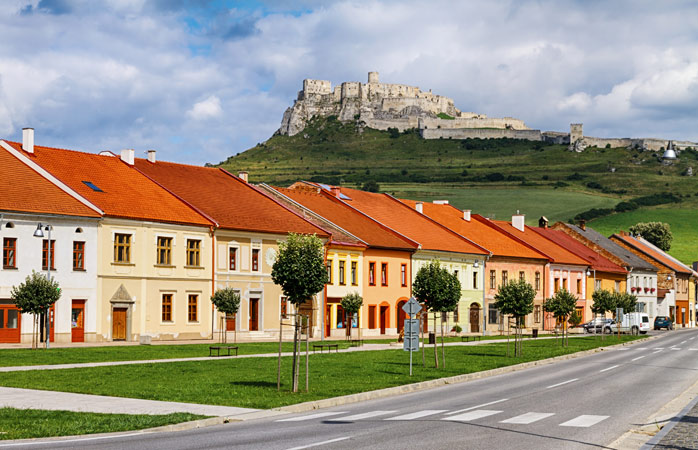
Spišské Podhradie, only one hour from Košice, slumbers in-between two Unesco World Heritage Sites.
Looming over town, the ruins of Spiš Castle are perched on a rocky ridge. It’s one of Central Europe’s largest castles and one of Slovakia’s most photographed spots. Under the shadow of Spiš Castle, on the outskirts of town, you’ll find Spišská Kapitula – a 13th-century Catholic complex nicknamed Slovakia’s Vatican. It includes St. Martin’s Cathedral, which towers above the town with its double spires, a former monastery, and one street lined with Gothic houses.
Spišské Podhradie itself is also worth exploring with its pastel-hued houses topped with terracotta roofs. While you may not find many restaurants or cafes to choose from, U kastelána serves up a solid local fare.
Recommended hotel: Parkhotel Centrum
Day 7-8 – Kraków, Poland
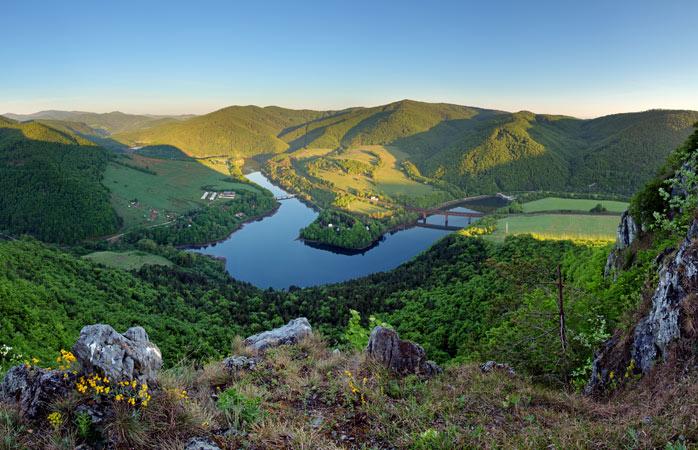
Today you’ll spend the day driving past the Tatra Mountains, the highest range in the Carpathian Mountains, on the way to Poland. You can stop by the Wieliczka Salt Mines, a labyrinth of tunnels carved into salt blocks, just outside Kraków.
Once you get to Kraków some three hours later, you’ll probably want to take it easy. Just take a stroll through the old town to the arches of Rynek Główny, Europe’s largest market square, where you’ll find plenty of restaurants and bars. Or head to the old Jewish Quarter in Kazimierz, which has become one of the city’s most vibrant areas.
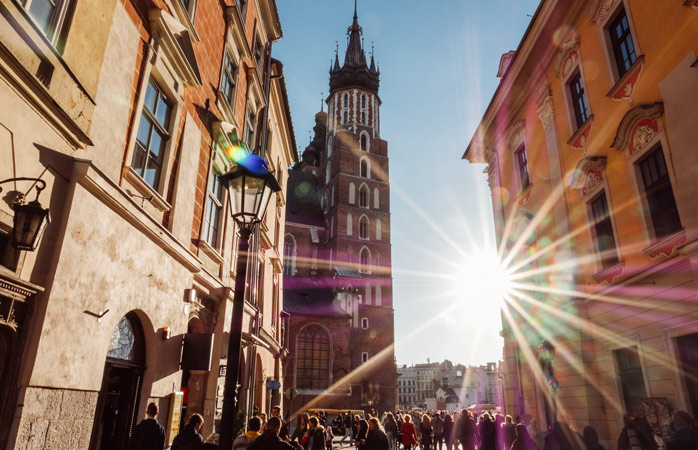
It’s worth taking a rest day in Kraków to take it all in. Pay a visit to Wawel Castle topped with its copper-green turrets or the synagogues of the Kazimierz district for a poignant reminder of Kraków’s Jewish heritage before the Holocaust.
While Kraków has plenty of sites to tick off, the best way to get to know the city is to simply explore its quiet back streets away from the crowds, sit in its cafes and watch the world go by.
Recommended hotel: Wentzl Hotel
Day 9 – Olomouc, Czech Republic
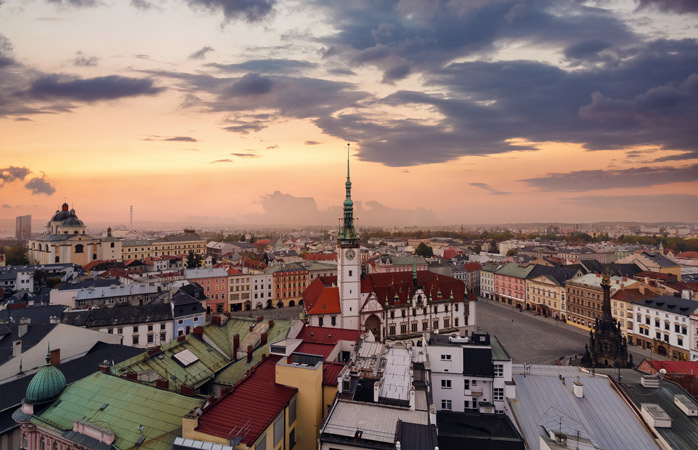
If you want to break the three-hour drive from Kraków to Olomouc, you can stop in Katowice while still in Poland. Once you cross the border into the Czech Republic, the forests give way to arable plains in the Moravia Region. It’s Czech Republic’s easternmost region, known for its rolling hills and pretty vineyards.
Olomouc is one of the Czech Republic’s prettiest cities. It’s encircled by a castle wall and has cobbled streets and open squares dotted with baroque monuments. Make sure you stop by the town hall on the hour to watch the Communist astronomical clock strike with its proletariat workers as its puppets. For a taste of Moravian cuisine, try the Moravska Restaurant on Horní náměstí.
Recommended hotel: NH Collection Olomouc Congress
Day 10 – Brno, Czech Republic
Since Brno is just an hour’s drive away, you can spend the morning exploring the streets and cafe culture of Olomouc a bit more. Pop into Miss Sophie’s Cafe for brunch or a coffee before saying goodbye.
Czechia’s second largest city, Brno, seems like a sleepy town at a first glance, but its baroque streets and medieval towers give it a romantic feel. Hike up to Špilberk Castle, explore the ossuary under the Church of St. James, or the labyrinth under the Cabbage Market. If you want to try Czech absinthe, head to the underground absinthe bar Naproti where it’s served with absinthe fountains and appropriate glassware.
Recommended hotel: Grandhotel Brno
Day 11-12 – Prague, Czech Republic
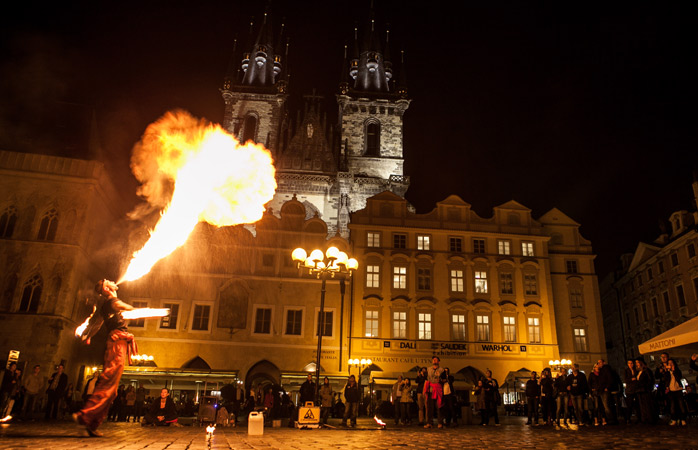
The final destination on your Central Europe travel itinerary is Prague, a three-hour drive away. The detour to Telč will take you down country roads lined with fields and past Czech villages.
However, Prague, with its grand old buildings surrounding Wenceslas Square and the famous Astronomical Clock, is the pièce de résistance. Climb up one of the gate towers at Charles Bridge for views over the Vltava River and Prague Castle. If the weather is good, you can take tram 17 up to Letná Park and stroll over to the beer garden, or you can sip some cocktails at the Augustine Hotel; they are made with herbs from the monastic herb garden with a serving of Holy Water on the side.
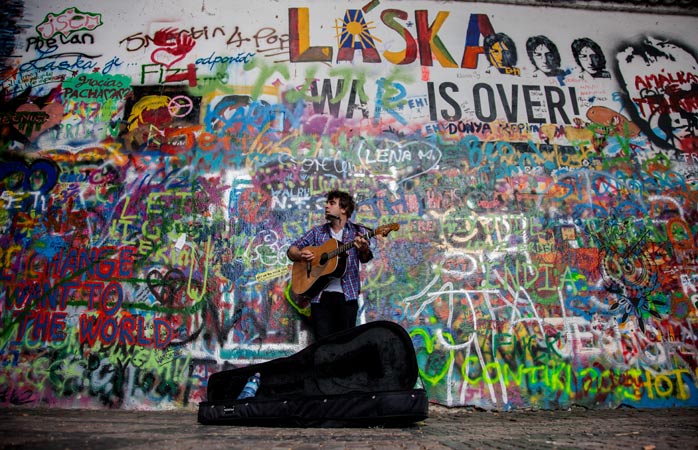
Prague is packed with visitors, but if you want to have some alone time, start day 12 as early as you can. Head over to Kampa Island, unique for its graffiti-covered John Lennon Wall and its 17th-century houses hanging over the Čertovka Canal. You can also take the winding streets up to Prague Castle and hike up over to Petřín Hill for amazing views over the city.
For more insider tips, see what to do in Prague for free! You can also download our curated momondo places city guide to Prague for iPhones – it’s completely free and comes with an offline map.
Recommended hotel: Augustine a Luxury Collection Hotel Prague
Find a flight to Prague
Tip! If you want to explore Central Europe at a more leisurely pace, you could cut out Bratislava or Brno and add a few days in Budapest, Prague or Vienna. You could even extend the route, going south towards Český Krumlov and loop back to Vienna.
Expand on your European adventure:
- take a 10-day road trip through Transylvania, Romania’s most charming region
- enjoy a ride along The Romantic Road, Germany’s fairy-tale route
- go on a culinary tour with our Tuscany road trip and gourmet guide to the Italian region
